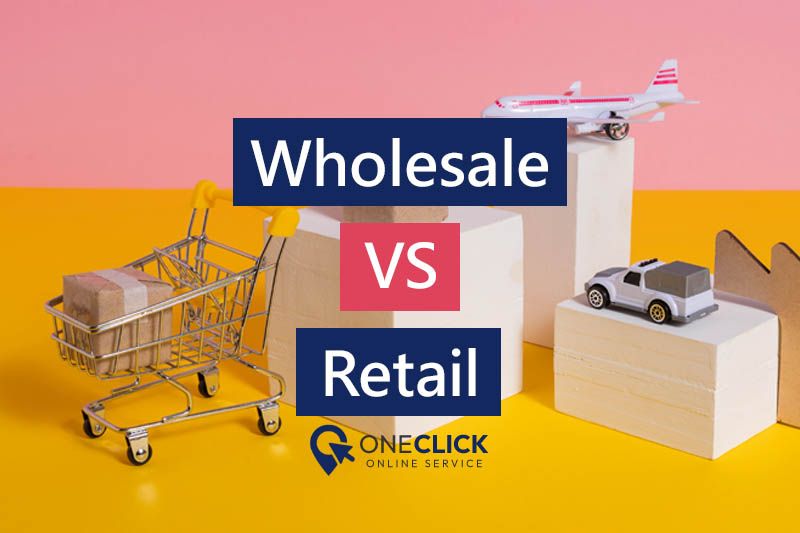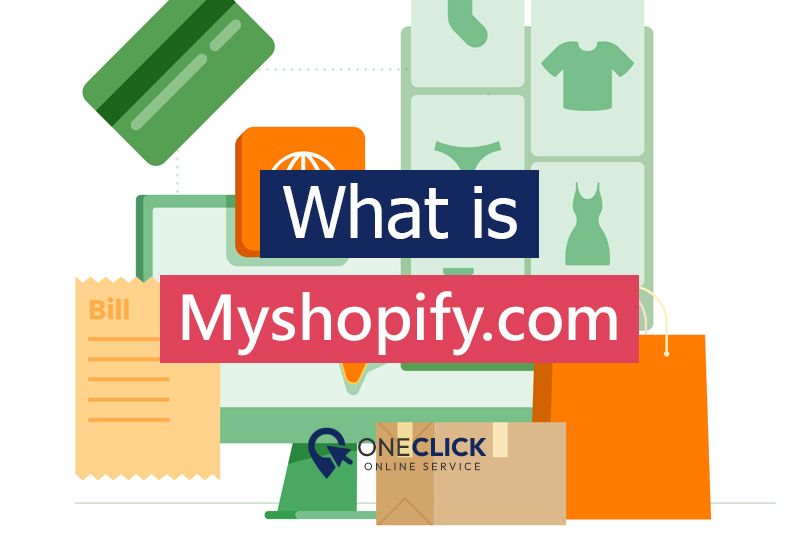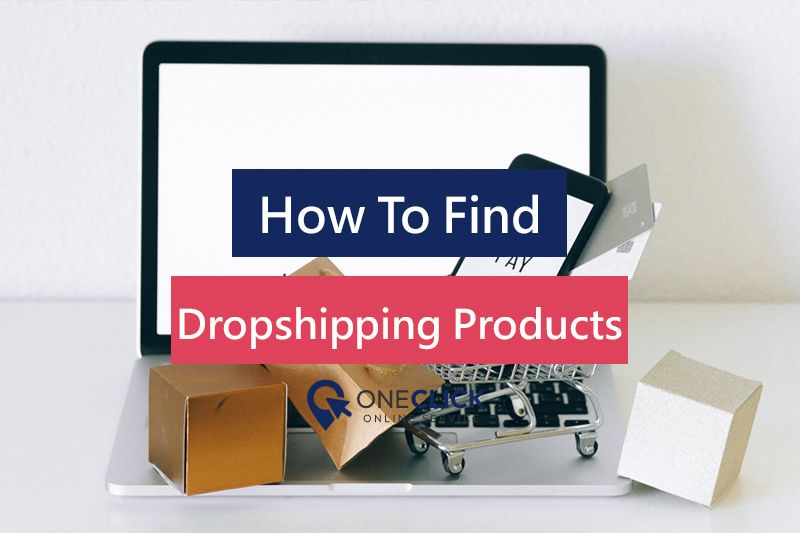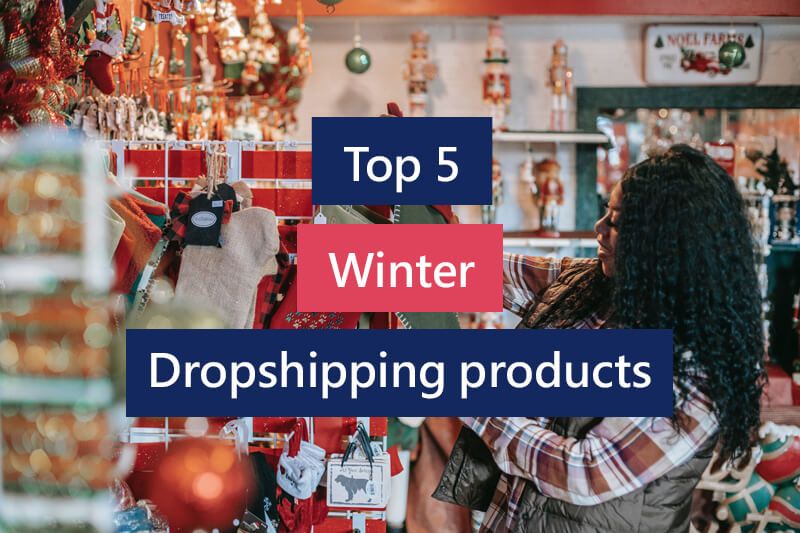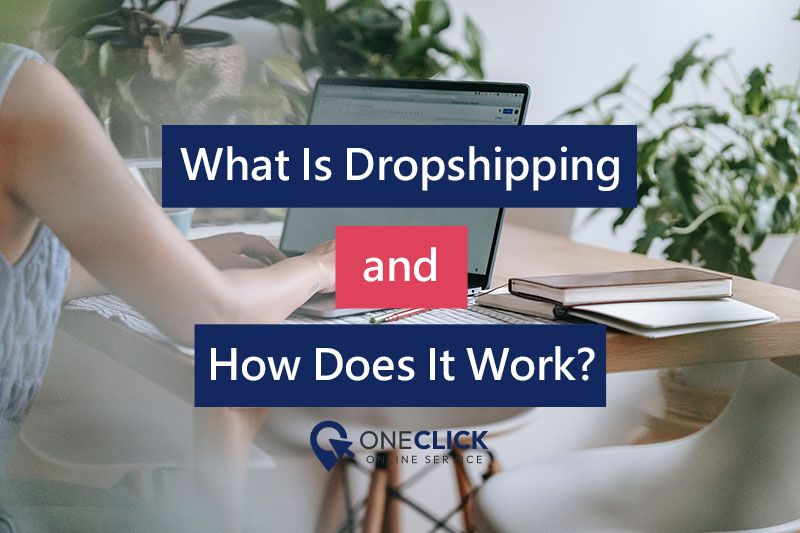What is minimum order quantity (MOQ)?
Minimum Order Quantity (MOQ) is a critical concept in the world of manufacturing, wholesale, and e-commerce. It determines the smallest amount of a product that a supplier is willing to sell in a single order. Platforms like Alibaba often display MOQ requirements from suppliers, helping buyers understand the minimum purchase needed to secure a deal. For businesses, understanding MOQ is essential for managing costs, negotiating with suppliers, and maintaining a healthy supply chain. In this guide, we’ll explore what MOQ is, how it differs from EOQ, its various types, and how both buyers and suppliers can navigate its advantages and challenges.
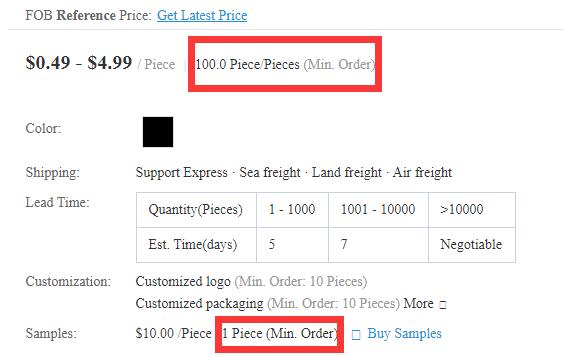
What is MOQ?
MOQ, or Minimum Order Quantity, is the lowest quantity of a product that a manufacturer or supplier will accept per order. Suppliers set MOQs to ensure profitability by covering production costs and maximizing efficiency. MOQs can vary widely depending on the industry, the type of product, and the supplier's business model.
For example, a clothing manufacturer might require a minimum order of 500 T-shirts per design, while a jewelry wholesaler may only require a minimum purchase of 50 pieces. Understanding MOQ is crucial for businesses that want to optimize their inventory and avoid excessive costs.
The Difference Between MOQ and EOQ
While MOQ and EOQ (Economic Order Quantity) are both essential inventory management concepts, they serve different purposes:
MOQ (Minimum Order Quantity):
This is determined by the supplier and represents the smallest amount they are willing to sell.
EOQ (Economic Order Quantity):
This is calculated by the buyer and represents the ideal order size to minimize costs such as holding and ordering expenses. In short, MOQ is a supplier-driven constraint, while EOQ is a buyer-driven optimization strategy. Businesses need to balance both to maintain efficiency and profitability.
Types of MOQ
MOQ requirements can vary based on several factors, including product type and industry. Here are some common types of MOQ:
1. Fixed MOQ
A set quantity that must be ordered regardless of price or demand.
2. Price-based MOQ
Buyers must purchase a minimum dollar value instead of a fixed quantity (e.g., $500 worth of goods).
3. Tiered MOQ
Different MOQs apply based on pricing tiers, where higher order quantities come with lower unit prices.
4. Product-based MOQ
Some suppliers set different MOQs for different product categories within their inventory.
Pros and Cons of MOQ
For Buyers
Pros:
- Potential cost savings on bulk purchases
- Better supplier relationships and priority service
- Ensures product availability and reduces stockouts
Cons:
- Higher upfront investment
- Increased inventory costs and risk of overstock
- Less flexibility in testing new products
- Additional shipping costs when ordering in bulk, which can impact overall profitability
For Suppliers
Pros:
- Ensures profitability and cost coverage
- Improves production efficiency
- Reduces small, unprofitable orders
Cons:
- May discourage small buyers
- Higher inventory risks if buyers cannot meet MOQ
- Requires more storage and warehousing space

How the Supplier Calculates MOQ
Suppliers determine MOQ based on several factors to ensure they remain profitable while meeting operational requirements. Here’s how the process works:
Step 1: Predict the Market Demand
Suppliers analyze past sales trends, industry demand, and seasonal fluctuations to estimate how much of a product they should produce or stock.
Step 2: Calculate the Incurred Costs of the Product
This includes raw materials, labor, manufacturing, packaging, and logistics. Suppliers must ensure their MOQ covers all these expenses while maintaining a profit margin.
Step 3: Find the Break-even Point
The break-even point is the number of units that must be sold to cover all production costs. Suppliers use this as a baseline for setting their MOQ.
Step 4: Determine the MOQ
Based on the break-even analysis and demand predictions, suppliers set an MOQ that guarantees profitability without overburdening buyers.
How Can Oneclick Online Service Help You Avoid the Drawbacks of MOQ?
At Oneclick Online Service, we eliminate the restrictions of Minimum Order Quantity (MOQ), allowing businesses of all sizes to purchase exactly what they need—whether it's a single item or a bulk order. Unlike traditional suppliers who require large upfront purchases, we offer complete flexibility:
No purchase limits – Buy as many or as few products as you need, without any MOQ restrictions. Exclusive discounts – We provide special offers and tiered discounts based on the number of purchases you make. The more you buy, the more you save! Risk-free inventory management – No need to overstock or invest heavily upfront. You can test new products and scale your business at your own pace. With Oneclick Dropshipping, you get the freedom to build your business on your own terms, without worrying about high minimum order requirements.
Get Started with Oneclick Dropshipping Today! Sign up for free on our app!
Need wholesale prices or a custom dropshipping solution? Contact us Now!
Conclusion
MOQ is an essential concept for both buyers and suppliers, impacting profitability, inventory management, and purchasing strategies. While high MOQs can be a challenge for smaller businesses, solutions like dropshipping provide an alternative to bypass these restrictions. By understanding how MOQs work and how to navigate them effectively, businesses can optimize their purchasing strategy and maintain a healthy supply chain.




